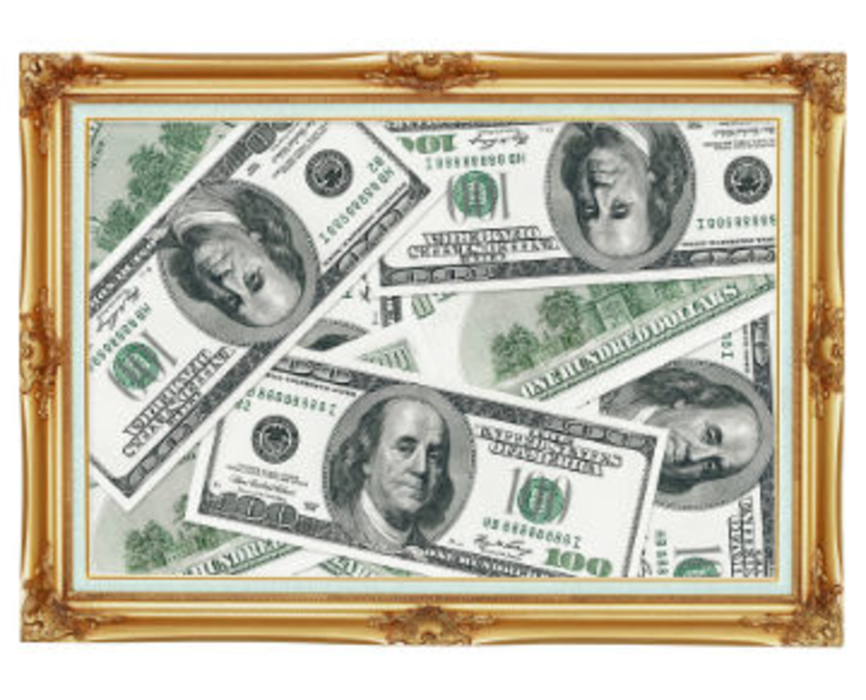Pinterest marketing and analytics company Pinfluencer stuck a dollar sign in front of the old saying “a picture is worth a thousand words” by recently integrating its system with web analytic platforms Adobe Omniture, Coremetrics, and Google Analytics to help determine ROI from Pinterest marketing activities.
“There’s no way to make an investment, [or] a business case, for Pinterest until you have a dollar value associated with pinning activity,” says Pinfluencer CEO Sharad Verma. “Once you have revenue, and ROI, and conversion metrics attributed to pinning, it becomes an easy argument for marketers to make a case for more investment in Pinterest.”
The Pinfluencer platform can be broken down into two categories: analytics and promotions. In terms of analytics, Pinfluencer collects pins, pinners, likes, comments, repins, and individual pin URLs to compile a database for a brand. Pinfluencer then connects with the brand’s API to determine the value of its Pinterest activity and what pin drove revenue and purchases.
“If Target got 100 pins a day and made $100 in revenue that particular day. The revenue per pin was $1,” Verma explains. “We call their API, we send a pin URL, and we ask the API, how much revenue or clicks or page views did this particular pin URL generate?”
Verma noted that the average revenue per pin for Pinfluencer’s customers, which include brands such as Martha Stewart, HauteLook, and Build-a-Bear, was $0.46 in October. Verma says he directs his customers to Pinfluencer’s Pinterest Promotions platform, a system that builds and tracks Pinterest contests, to boost consumer engagement volume. Gilt recently used the promotions platform for its “Pin to Win: Gilt Wedding Style!” contest.
“It’s really about clicks and conversions,” Verma says. “Consumers are spending a lot of time on Pinterest, and they’re stumbling on products in their feeds, and they’re picking through products, and buying products that they’re discovering in those feeds. As a retailer, if your products aren’t on their feeds, you’re going to miss out—someone else’s products are.”
Through the implementation of Pinfluencer’s platform, HauteLook, which was acquired by Nordstrom in February 2011, noticed that its “Pin it” button drove 40% of the brand’s pins—leading the company to reposition the button to a more prominent location, says Verma.
Although Pinterest is a relatively new social animal compared to Facebook and Twitter, Verma says that Pinterest has established its own niche in the social kingdom.
“If you’re looking for brand awareness and top-of-the-funnel conversation, then Facebook is a great place,” Verma says. “But if you’re looking to distribute your products, if you’re an e-commerce retailer, and you want your catalog to virally distribute on the Web, then you need to be on Pinterest because that’s where all the product collection and product sharing is happening.”
In fact, Verma says Pinterest’s product sharing aspect introduces consumers to products in a new way and truly separates the social site from its competitors.
“It’s really about products choosing consumers as opposed to the other way around and that vision comes to reality in Pinterest,” Verma says. “Pinterest is really about public sharing not just about conversational community like Facebook.”
Verma claims that Facebook and Twitter do not propel shopping intent traffic and that Pinterest’s value per click is higher than those of the two social channels. He also claims that Pinterest drives referral traffic, especially for beauty, fashion, and lifestyle brands.
“Activity on a social network or Pinterest is a signal of what products do people like,” Verma says. “As a marketer, you want to know what products are generating the most amount of engagement…. Some of our customers are using our data to make offline merchandising decisions. They’re deciding what to sell in future seasons based on what’s working right now… It’s like a giant focus group.”
Pinterest recently announced its decision to test secret pinboards. The secret pinboards allow pinners to keep their boards to themselves or to only allow access to friends they invite. Pinterest users can currently create up to three secret pinboards.
“Secret boards are only available to the user that created it and are not available to search engines, not available to other users, [and] not available to users who are not logged on,” Verma says. “So, they don’t generate any traffic.”
Despite the lack of traffic flow, Verma says that secret pinboards could actually benefit brands.
“I think what businesses really want is a staging area, a pre-published tool, where they can have their team collaborate on a board and then publish the board once it’s ready. Secret board helps them do that,” Verma says.
However, Verma advises against Pinterest making the secret boards too exclusive and allowing users to create more than three boards.
“Pinterest could have chosen to call it ‘private boards,’ and they deliberately decided not to do so. My reasoning is because if a lot of consumers start to create a lot of ‘private boards’ it actually hurts the network on Pinterest,” Verma says. “I think the engagement of Pinterest is a direct function of the new boards that are being created, and the new boards that are public. That’s why I think ‘secret’ and limiting it to three boards is a good strategy for Pinterest.”








